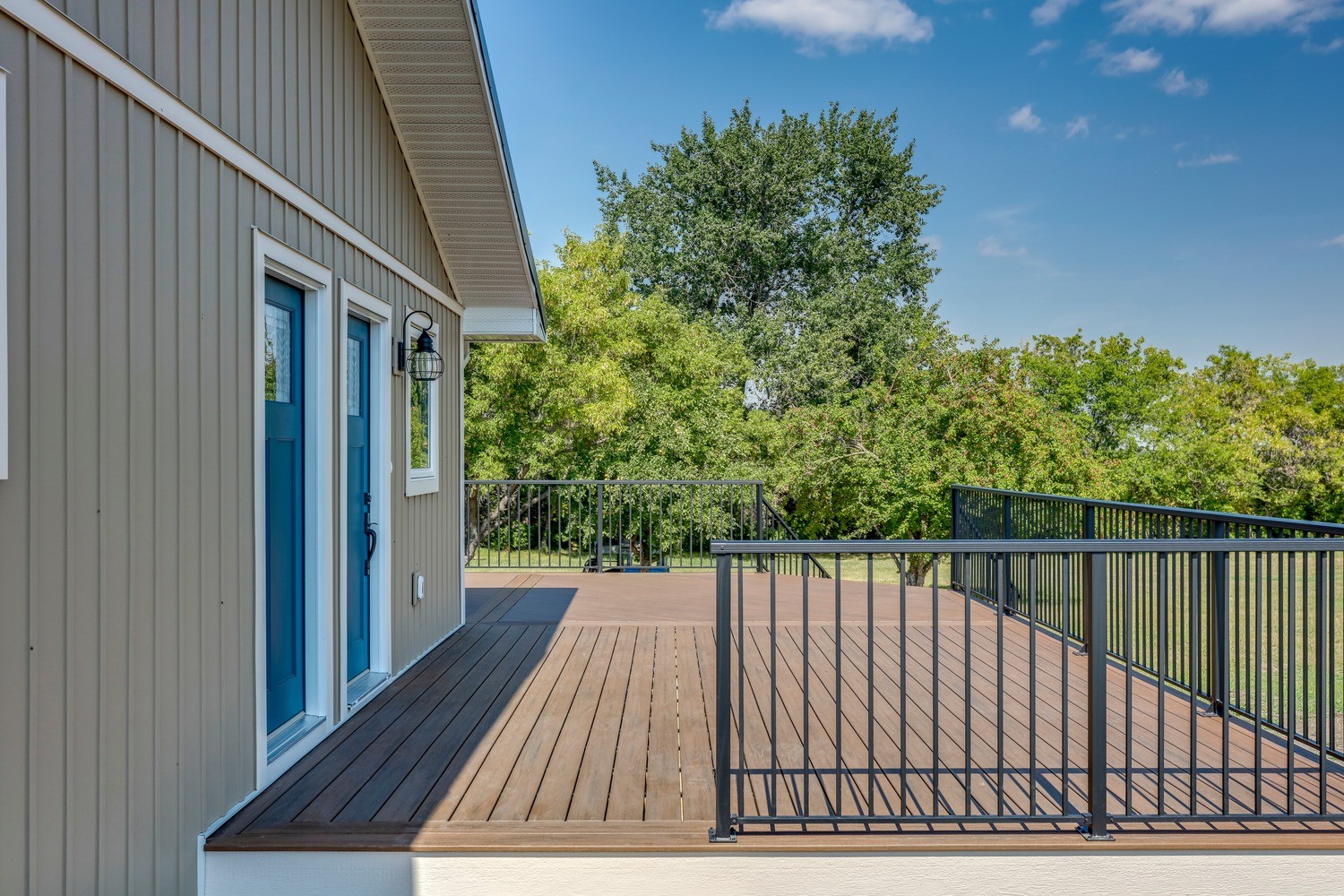KEEPING OUR CREW SAFE: COVID-19 SAFETY PROTOCOLS

Here are some of the recommended prevention measures that DVC Homes is following to be safe:
Communication and awareness
• Clear signage is posted at entry points on the construction site and outline the commitment of the contractor to maintain health and safety measures during the COVID-19 crisis, with relevant updates from appropriate jurisdictions’ public health authorities and self-identification screening tools.
• Worksite policies as they relate to the COVID-19 crisis are communicated to workers and made available on site.
• All workers exercise the following recommended practices for reducing the risk of transmission as identified by the Public Health Agency of Canada (PHAC), Health Canada, and Centers for Disease Control and Prevention:
– Avoid touching eyes, nose and mouth with unwashed hands;
– When coughing or sneezing: Cough or sneeze into a tissue or the bend of your arm, not your hand;
– Clean and disinfect frequently touched objects and surfaces, including all reusable personal protective
equipment (PPE);
– Avoid common physical greetings, such as handshakes;
– Maintain a minimum physical distance of two metres from others; and
– Wash hands often with soap and water for at least 20 seconds after using the washroom, before handling
food, and after blowing nose, coughing, or sneezing. If hands are not visibly soiled, and soap and water are unavailable, alcohol-based hand sanitizer can be used.
Working remotely
• Where practical, all office employees supporting a project work remotely. Meetings are held through
teleconferencing or videoconferencing.
Access and movement to/from construction site
• Wherever possible, workers travel to site using individual modes of transportation (e.g., personal vehicle or bicycle). Additional parking arrangements are made as required.
• All non-essential individuals are not permitted access to the site.
• Detailed tracking of worker’s status on-site and off-site are kept at all time (e.g. fit to work, sick, off-work for family caring duties, etc.). A list of all quarantined workers is updated daily, with their privacy maintained.
Construction site and site trailer cleaning protocols
• All offices and jobsites implement additional cleaning measures of common areas. All door handles, railings, ladders, switches, controls, eating surfaces, shared tools and equipment, taps, toilets, and personal workstation areas are wiped down at least twice a day with a disinfectant, such as disinfectant wipes. Individuals are responsible for cleaning and disinfecting their workstations.
• Additional sanitary measures are implemented on site: hand washing stations with a posted hand washing protocol, hand sanitizer stations, provision of disinfectant wiping products. These types of facilities are made available at site entries, exits, washrooms, eating areas, offices, and any other areas with commonly touched surfaces.
• Commonly touched surfaces on vehicles and equipment are thoroughly cleaned and disinfected at the end of shifts and between users.
• Gloves are worn whenever possible while on the worksite, but are treated the same as bare hands in terms of minimizing unnecessary touching of anything on site and the user’s face.
• All cleaning and disinfecting is carried out per PHAC’s recommendations here.
Site operation
• The construction site is to be segregated to the extent possible in zones or other methods to keep different crews/trades physically separated at all time. This promotes physical distancing and supports the containment of propagation should it arise.
• Where work is done in crews, the work is planned to minimize or eliminate the crossover of workers between crews, or the duration of the task. For any work that ultimately must be done in close-proximity, a procedure is formalized outlining the required PPE and all steps to be taken to minimize risk.
• The number of in person meetings is minimized. If required, meetings should involve only necessary individuals and include six people or fewer. Minimum physical distancing is maintained, and meetings are held in open spaces when possible.
• The worksite is rearranged to reduce high-traffic areas and allow for the minimum physical distancing.
• Work schedules are adjusted to provide time for proper cleaning and disinfecting as required.
Work in occupied spaces
• When working in spaces currently occupied (e.g. private residences), the minimum physical distancing with any occupants is strictly enforced. Where possible, workers and occupants are segregated in different rooms.
• Hands and tools are thoroughly cleaned before entering the workplace and after leaving, and any surfaces or equipment in the occupied space are disinfected before work is done on them.
Protocol auditing
• Contractors are to conduct periodic audits (frequency to be determined based on a project scale and scope) to verify that the appropriate measures have been implemented and are maintained.
Read more about the COVID-19 – Standardized Protocols for All Canadian Construction Sites here.

